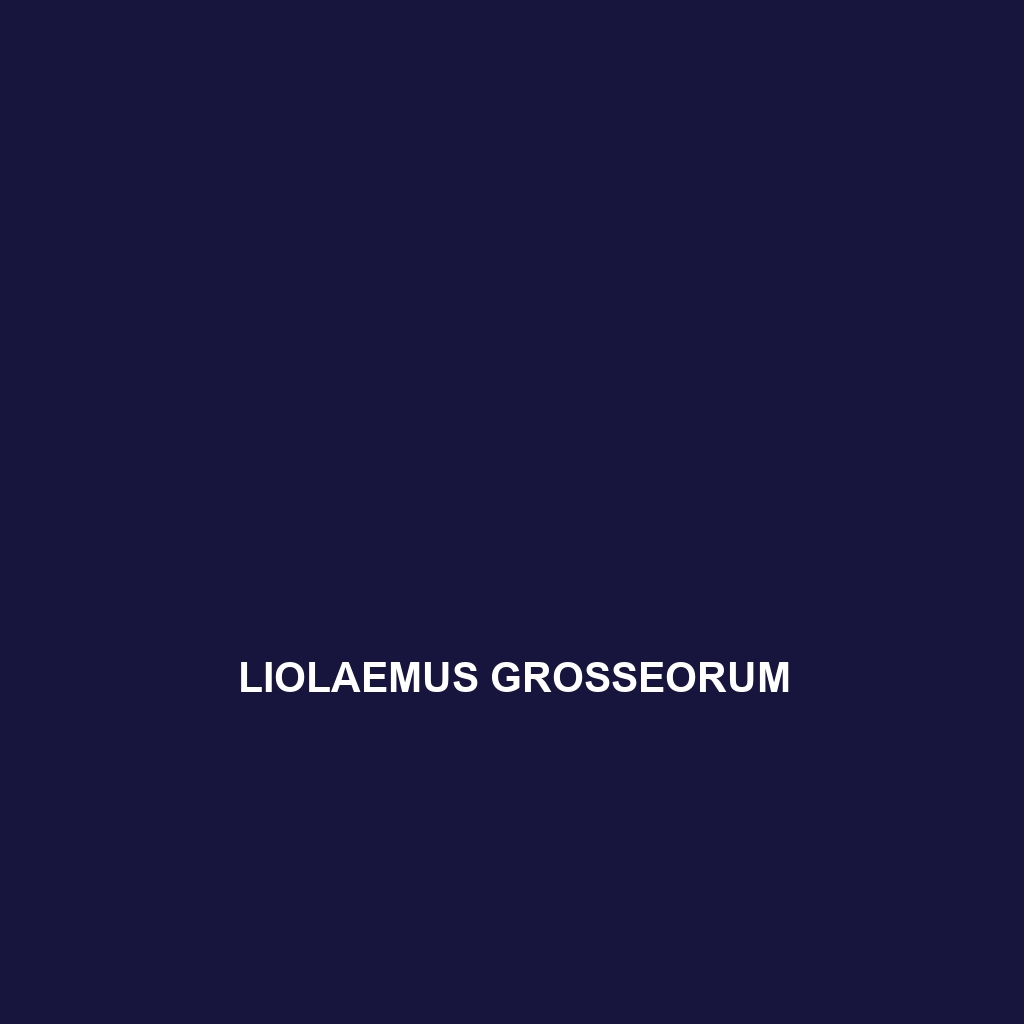Discover the vibrant and adaptable <b>Liolaemus lutzae</b>, a high-altitude lizard native to the temperate forests and rocky outcrops of Chile and Argentina. With striking coloration, unique social behaviors, and a diet primarily consisting of insects, this species plays a crucial role in its ecosystem while showcasing fascinating mating rituals and territorial displays.
Tag: insectivorous lizards
Liolaemus leopardinus
<p><b>Liolaemus leopardinus</b>, commonly known as the leopard lizard, is a striking species native to the temperate forests of southern Chile and Argentina, recognized for its distinctive leopard-like spots and agile build. Primarily insectivorous, this diurnal lizard plays a vital role in its ecosystem by regulating insect populations and serves as a prey species within the food web.</p>
Liolaemus lavillai
Liolaemus lavillai, also known as Lavilla's Liolaemus, is a vulnerable lizard native to the arid Atacama Desert of northern Chile, measuring 6 to 10 cm in length and exhibiting remarkable adaptations to extreme temperatures and rocky habitats. This insectivorous species practices ovoviviparity, giving birth to live young, and plays a crucial role in its ecosystem by helping control insect populations.
Liolaemus kulinko
<p><b>Liolaemus kulinko</b> is a striking lizard native to the temperate forests and shrublands of South America, characterized by its elongated body, variable colors, and intricate scale patterns. Primarily insectivorous, this diurnal species plays a vital role in controlling insect populations and contributes to the ecological balance of its habitat.</p>
Liolaemus kingii
Liolaemus kingii, commonly found in the arid regions of Chile and Argentina, is a robust lizard measuring 12 to 20 cm, characterized by its earthy color patterns and diurnal behavior. An insectivore, it plays a vital role in its ecosystem by controlling insect populations and serves as both predator and prey.
Liolaemus janequeoae
Introducing the Liolaemus janequeoae, a moderately sized lizard (15-20 cm) native to the temperate forests and scrublands of Patagonia, Argentina, known for its distinctive earthy coloration and unique behavioral displays during mating season. As an insectivore, it plays a vital role in controlling insect populations while adapting to seasonal changes in its habitat.
Liolaemus igneus
<p><b>Liolaemus igneus</b>, also known as the fiery lizard, is a striking, omnivorous species native to the mountainous regions of the Andes in South America. Renowned for its vibrant orange and red coloration, this agile lizard thrives in diverse habitats, playing a crucial role in maintaining ecological balance by controlling insect populations.</p>
Liolaemus hauthali
Discover the vibrant Liolaemus hauthali, a unique lizard from the southern Andes, known for its variable coloration and adaptability to high-altitude environments. This diurnal, insectivorous species thrives in temperate forests and grasslands, playing a crucial role in regulating insect populations and supporting ecosystem balance.
Liolaemus hatcheri
<p>Discover the <b>Liolaemus hatcheri</b>, a vulnerable lizard native to the temperate forests of southern Chile, known for its cryptic brown and grey coloration, diurnal behavior, and diet primarily consisting of insects. This fascinating species plays a crucial role in its ecosystem by controlling insect populations and serving as prey for local predators.</p>
Liolaemus grosseorum
<p><b>Liolaemus grosseorum</b> is a vibrant medium-sized lizard native to the southeastern Andes in Argentina, known for its striking coloration and robust body. Primarily insectivorous, these diurnal lizards play a crucial role in local ecosystems as both predators and prey.</p>









